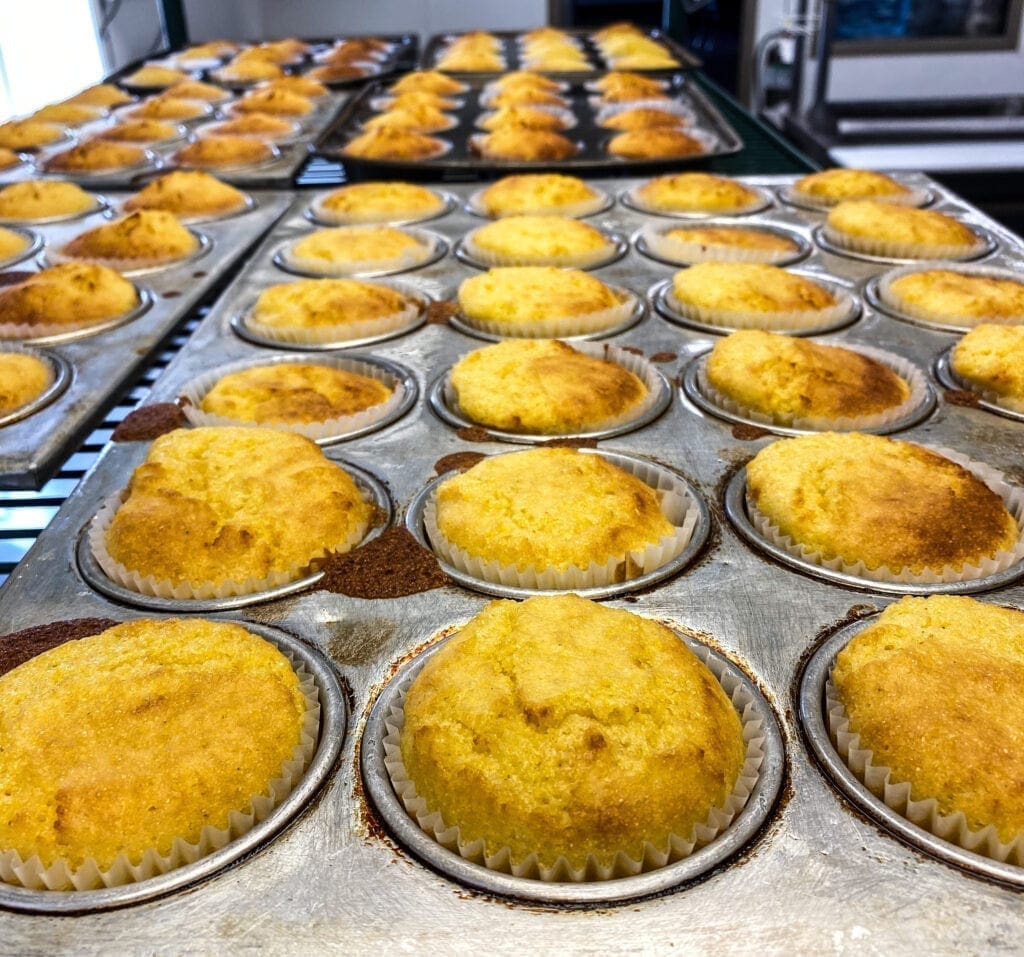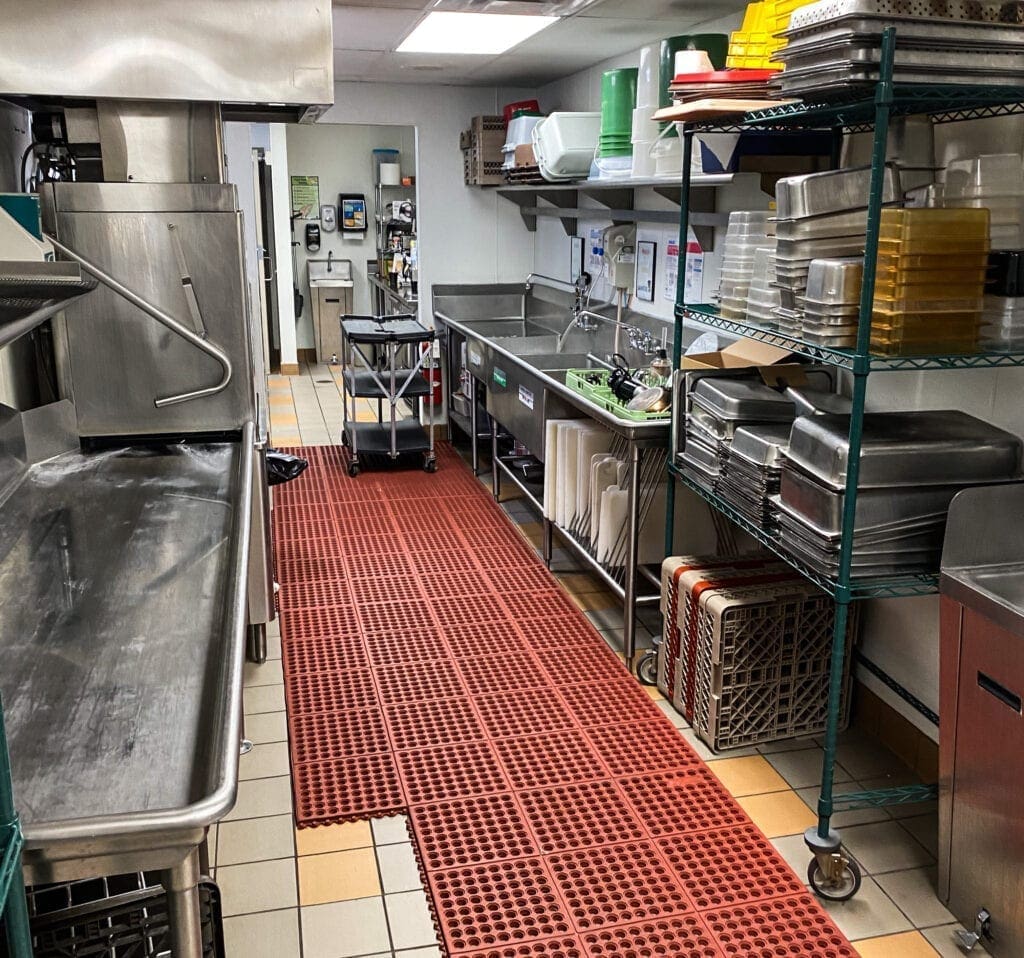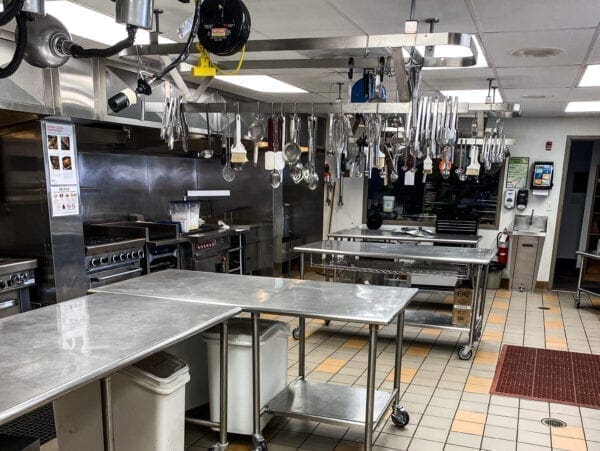The coronavirus pandemic has forced upon the world a “new normal,” and that is why the chair of the Culinary Arts Department at West Virginia Northern Community College continues to evolve teaching methods utilized while instructing cooking classes.
Chef Chris Kefauver, who also represents the faculty on WVNCC’s Institutional Board of Governors, explained how the mixture of online and in-person educational platforms will work as far as the culinary classes are concerned.
“It is very difficult to replace everything we do here in our classes and put it all online,” Kefauver explained. “If they are preparing a dish, and it’s on Zoom, I can see some of what they are doing, but I can’t see everything I need to see. Plus, as far as the equipment we have here and what most people have in their homes, there is a huge difference.
“Because of this pandemic, we have no other choice than to do what we can to give our students the best education possible,” he said. “Plus, if they want to talk through a process, Chef Gene and I will be here for that communication with them.”
The department’s lab classes will be held within the college’s Education Center, but when it comes to in-class instruction and presentations, Kefauver will utilize a few different online platforms.
“We were expected to meet in person for our culinary classes, and that took place (Monday), but we will also put as much content as possible online,” he explained. “That way, when we are face-to-face, it’s in lab only, and we do have the space for that in our facility. There is a limit that was implemented by the school that only 10 students or less will be in those lab classes.
“The classes offered by Northern that will be at capacity are the online classes,” he continued. “Those are usually capped between 22 and 25 students.”

Three Ways of Learning
With more than 9,000 positive Covid-19 tests recorded thus far in West Virginia and nearly 300 in Ohio County, WVNCC officials needed to develop a few different ways to deliver the college’s curriculum.
Kefauver acknowledged that safety for all is paramount right now, but he also insisted that keeping the student body engaged is imperative, as well.
“We have classes that are totally online; we have the hybrid classes that meets some in-person and some online; and we have the third kind of class that Northern is offering which will be similar to what we will be doing in our culinary arts department,” Kefauver said. “It’s all about keeping the students engaged whether they are here with us or at home and on their computers.
“Our students will still develop menus and the necessary ingredients, and our department would fulfill those needs so they can be prepared for their lab classes,” he said. “That way, this mode of operation will not be a financial burden on our students because they have paid their fees. That’s how we were forced to end last year when we got closed down, and it worked very well.”

Evolving Education
With the popularity of “foodie” shows now on television, Kefauver has encountered students dreaming of becoming the next great chef even though they possess very little knowledge about how to prepare more than their favorite meals at home.
That is why the department’s director is determined to develop near teaching methods to cover the bare basics.
“We do have some concern about the classes that our first-year students take because that is when we teach them how to properly hold a knife and use the equipment,” Kefauver said. “Those are extremely difficult things to teach without being in person, so that is why there is some concern about those classes.
“Plus, our department has had our own YouTube channel for culinary, and that channel will continue to be used,” he said. “At the end last year, Chef Gene (Evans) increased the amount of videos he was producing because we wanted that repetition and those visual out to our students.”


